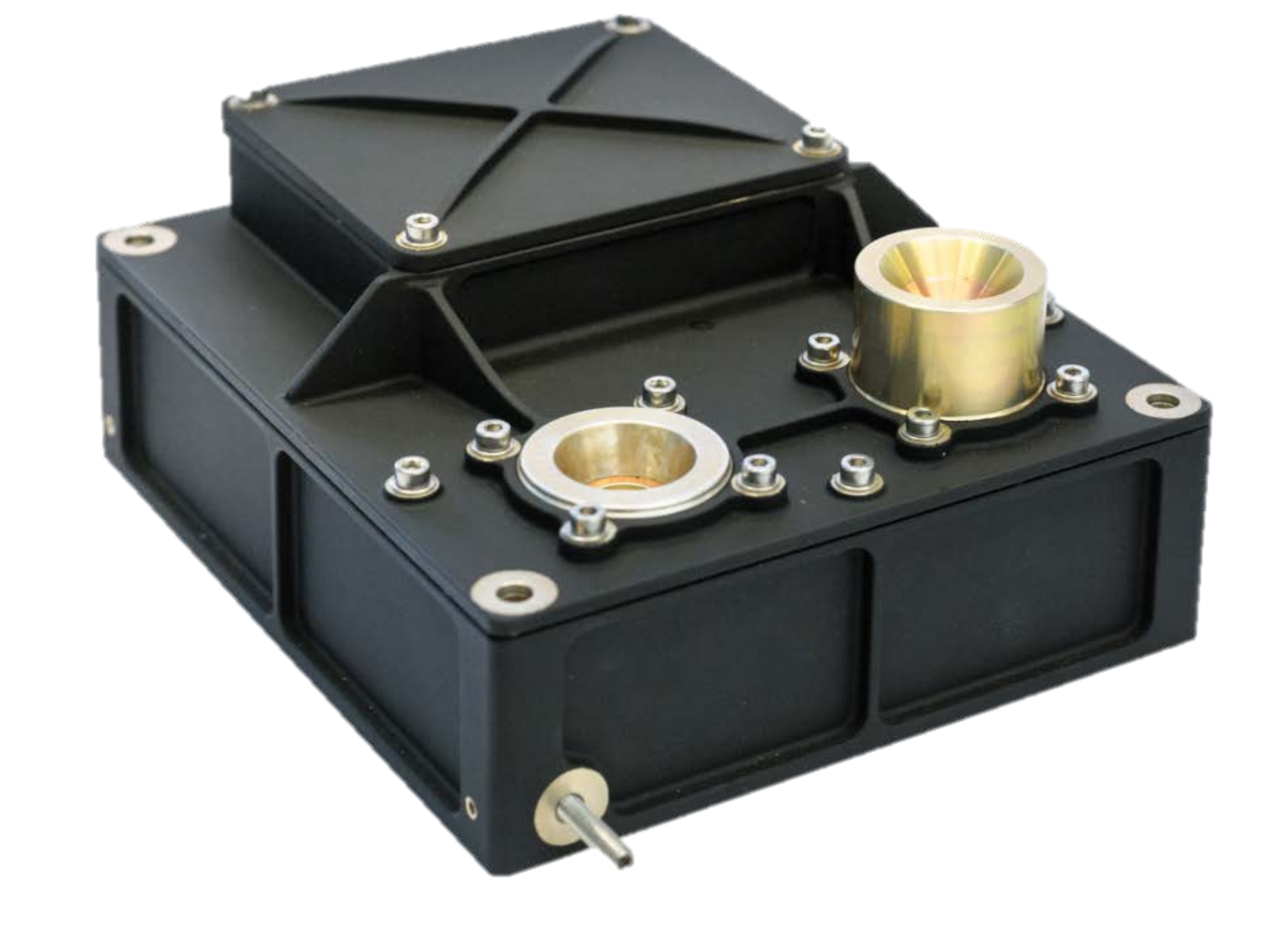Sandberg, I.; Aminalragia-Giamini, S.; Papadimitriou, C.; Gijlswijk, R. Van; Heynderickx, D.; Marcinkowski, R.; Hajdas, W.; Heil, M.; Evans, H.: First results and analysis from ESA Next Generation Radiation Monitor unit on-board EDRS-C. In: IEEE Transactions on Nuclear Science, vol. 69, iss. 7, pp. 1549-1556, 2022, ISSN: 1558-1578. (Type: Journal Article | Abstract | Links | BibTeX)@article{9737028,The first two units of the ESA Next Generation Radiation Monitor (NGRM) sensor are flying onboard the European Data Relay System, Satellite-C (EDRS-C), and the Sentinel-6 Michael Freilich (S-6), providing critical information related to the space radiation environment. This work presents a first evaluation and analysis of the measurements of the unit hosted on EDRS-C during the geostationary transfer orbit (GTO) of the satellite. The evaluation studies include comprehensive comparisons with measurements from other radiation monitors and science-class experiments. NGRM datasets will become publicly available in real time from the space weather (SWE) data center through dedicated applications contributing to the monitoring of SWE and the characterization of the space radiation environment. |
Hajdas, Wojtek; Marcinkowski, Radek; Xiao, Hualin: Calibration of the new Next Generation Radiation Monitors for ESA. In: EGU General Assembly Conference Abstracts, pp. 18218, 2017. (Type: Proceedings Article | BibTeX)@inproceedings{2017EGUGA..1918218Hb, |
Desorgher, L.; Hajdas, W.; Britvitch, I.; Egli, K.; Guo, X.; Luo, Y.; Chastellain, F.; Pereira, C.; Muff, R.; Boscher, D.; Maehlum, G.; Meier, D.: The Next Generation Radiation Monitor- NGRM. IEEE 2013 IEEE Nuclear Science Symposium and Medical Imaging Conference (2013 NSS/MIC), Seoul, 2014, ISSN: 1082-3654. (Type: Proceedings | Abstract | Links | BibTeX)@proceedings{Desorgher2013,The ESA Next Generation Radiation Monitor (NGRM) will be the successor of the ESA Standard Radiation Environment Monitor (SREM) that is still measuring near-Earth and interplanetary space radiation environment onboard 6 different spacecrafts. NGRM will measure protons from 2 MeV up to 200 MeV, electrons from 100keV up to 7MeV, as well as LET spectrum of ions. Compared to SREM, NGRM will provide a much better energy resolution, will be smaller (<;1L), lighter (<;1kg) and consume less energy (<;1W). In this paper we describe the detection concept of the NGRM and present the detailed Monte Carlo analysis of the performance of the NGRM detector system. |
Next Generation Radiation Monitor (NGRM)

Details
The Next Generation Radiation Monitor (NGRM) is the successor of the ESA Standard Radiation Environment Monitor (SREM). NGRM measures protons from 2 MeV up to 200 MeV, electrons from 100 keV up to 7 MeV as well as the Linear Energy Transfer (LET) spectrum of ions. Compared to SREM, NGRM provides a much better energy resolution, is smaller (< 1 litre), lighter (~1 kg), and consumes less power (1-2 W).
Spacecraft are exposed to a complex radiation environment which is highly variable and at times very strong. This environment consists of energetic particles from solar events, of trapped particle belts, and of high-energy cosmic rays. Particle species encountered include electrons, protons and heavy ions. Some dramatic space system failures and disturbances in recent years have been concluded to be due to radiation-induced malfunction of critical electronic parts.
To characterise and predict these environments, and to support radiation effects studies and spacecraft anomaly investigations, radiation monitoring instruments should be flown on as many spacecraft as possible. To address these issues, in the 1990s ESA successfully established the Standard Radiation Environment Monitor (SREM) programme. A batch procurement of SREM units led to them flying on STRV-1c, Proba-1, Integral, Rosetta, Giove-B, Herschel and Planck.
